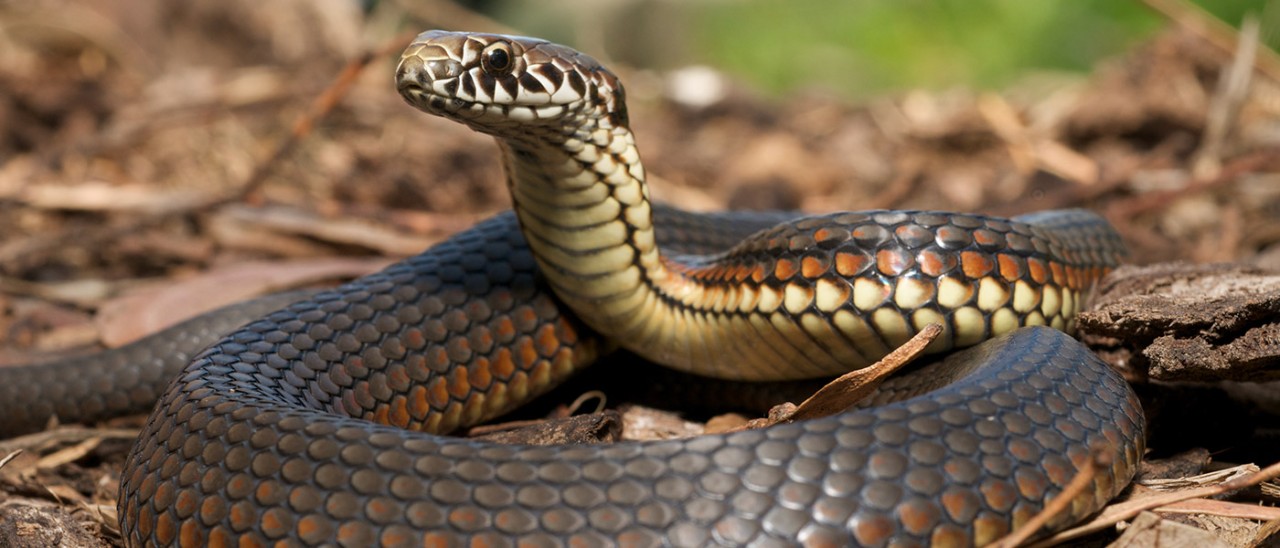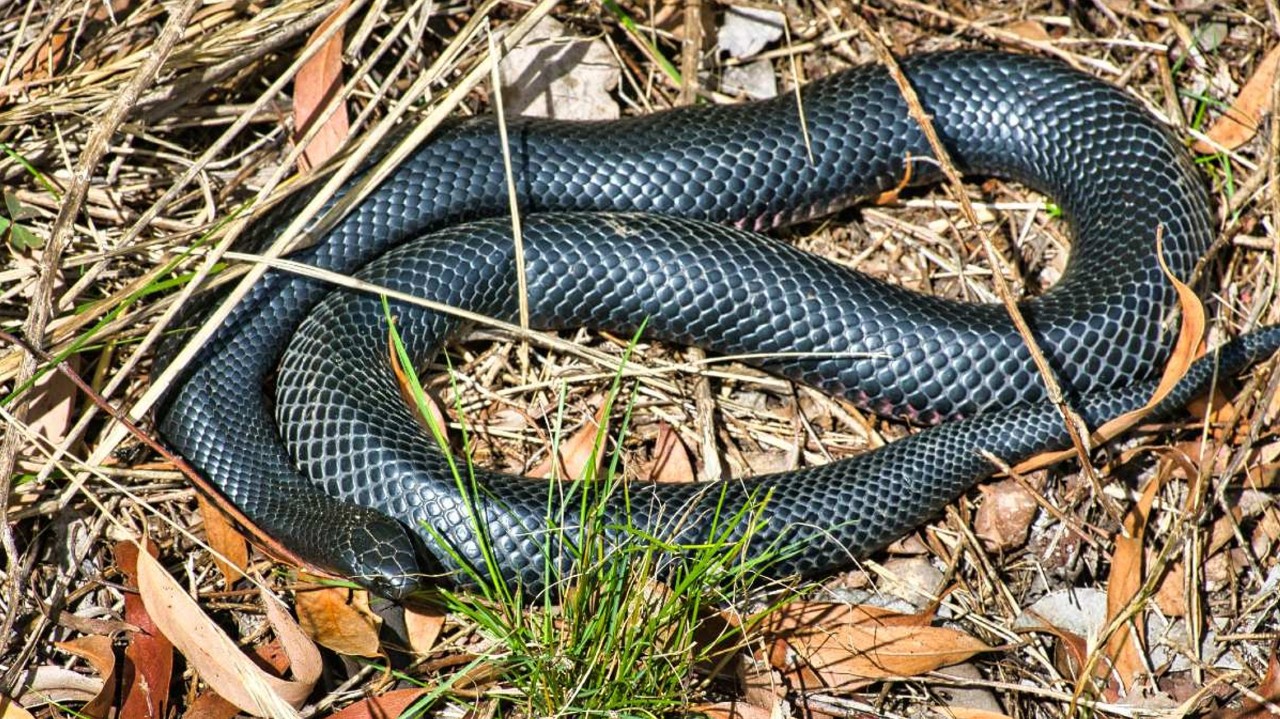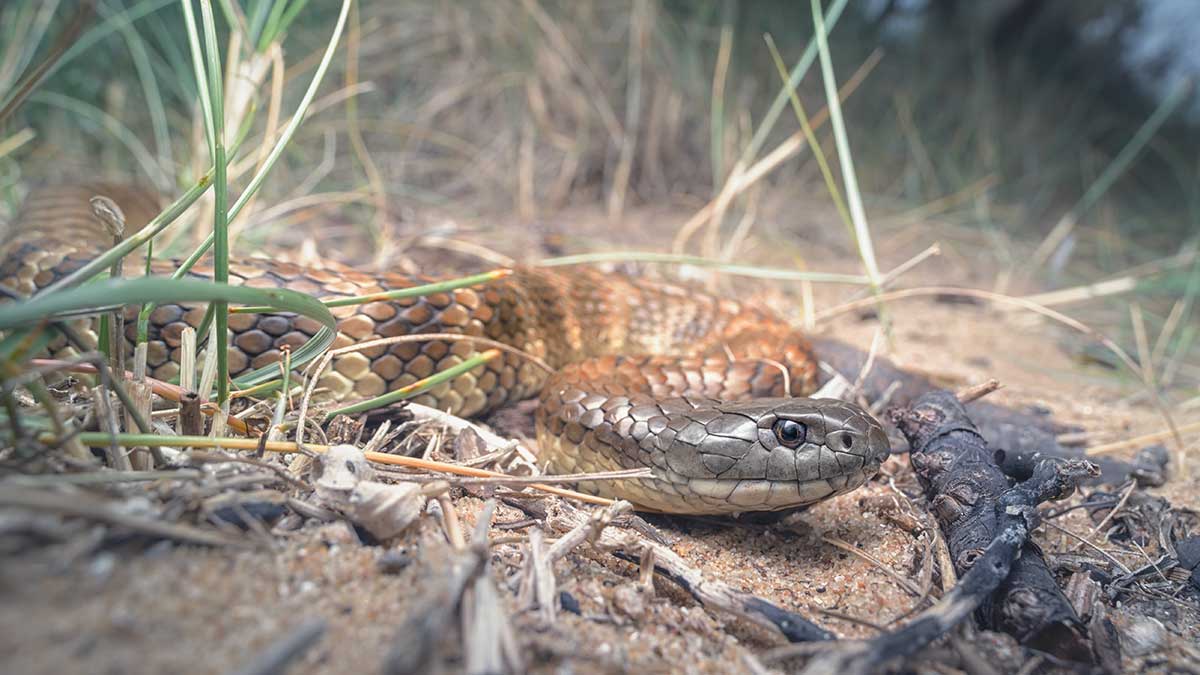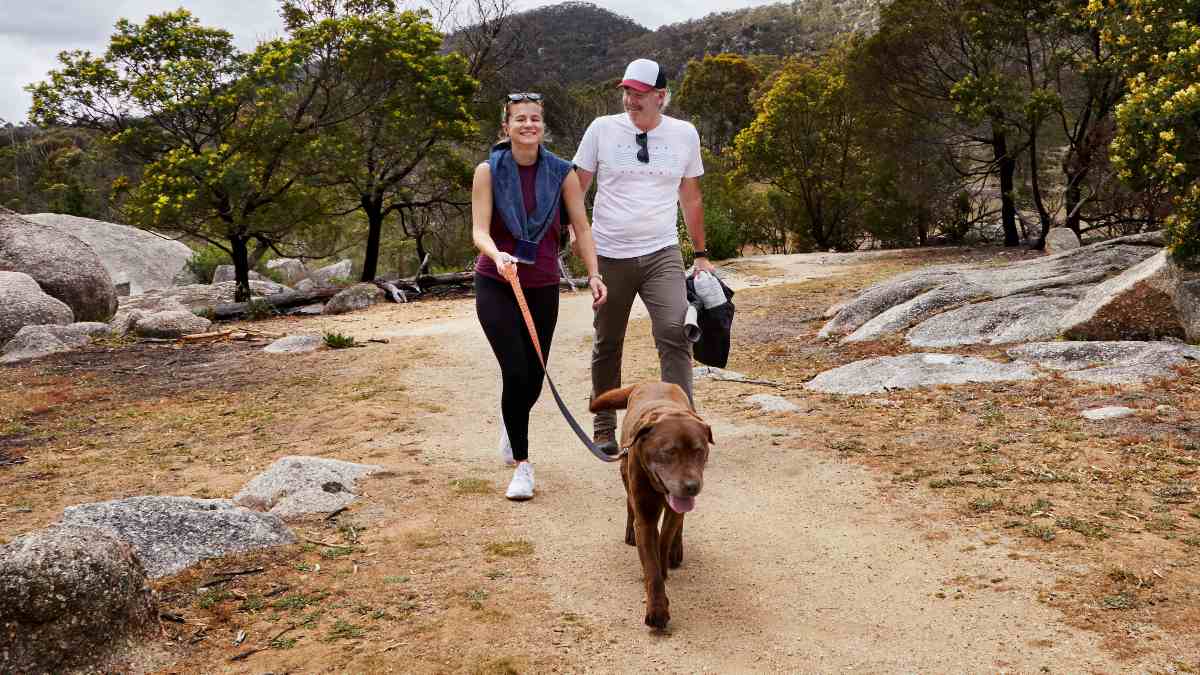Following this home maintenance checklist can help you prevent injuries and save you from expensive repairs down the road.
Snake safety in Victoria: How to deter snakes from your property

Encountering a snake on your property or in the wild can be daunting. Here are some ways to maintain your property and manage any snake encounters, so you and your pets can stay safe.
Victoria is home to 27 species of snakes according to Wildlife Victoria, almost all of which are venomous. With snakes endemic across the state, including in Melbourne's suburbs, it's important households take proactive measures to reduce the likelihood of snakes on their property, as well as know what to do if they encounter one.
Despite their prevalence, snake-related deaths are rare in Australia, with one to two occuring each year on average. While snakes in the southern parts of Australia (including Victoria) are most active in the warmer months (typically September to April) it is possible to encounter snakes year-round.
Snakes may also become more prevalent in areas that have experienced flooding or hot weather, or in new areas close to residential or commercial developments where snakes are forced out of their natural habitat.
Here's your complete guide to snake safety in Victoria, from how to deter snakes from your property to what to do if you see one in the wild.
Guide to snake safety in Victoria

Red Belly Black Snakes are venomous, but shy - avoid them and they will typically avoid you. Image: Getty
How to help keep snakes away from your property
Snakes can be found across Victoria, including in built-up urban areas.
While most people don’t come face-to-face with venomous snakes on purpose, there are steps you can take to lessen the appeal of your property as a place for these reptiles to reside.
- Maintain an organised home with regular cleaning and home maintenance.
- Keep common pests out of your house by ensuring no food is left outside and is stored away in closed containers. Snakes eat rodents and are attracted to garden or farm sheds to hunt rats and mice.
- Tidy your garden by mowing the lawn and removing items that snakes could hide in, such as toolboxes, toys, and clothing.
- Don’t overfill pot plants with water, as this can attract snakes looking for a drink.
- Clear paths and walkways of any overhanging shrubbery and debris.
- Clean your gutters regularly as blocked gutters can provide water that can attract snakes, as well as lead to roof leaks.
- Remove piles of rubbish and wood and keep firewood away from the home property.
What to do if you see a snake:
In your home or yard
If you see a snake, do not panic and do not attempt to touch or get closer to a snake. Most snake bites happen when people try to kill or capture them. Back away to a safe distance and let the snake move away. Remove and secure any pets or children away from the snake.
If you need a snake catcher, speak to your local council, as they may be able to provide or recommend an expert to help. Do not attempt to relocate the snake yourself. A snake in your home or hiding under an outbuilding are potential reasons to call a snake catcher.
Snakes are protected by law in all states and territories of Australia, and it is illegal to harm or kill them.
In the wild
If you’re out walking the dog or going on a nature walk, keep in mind that you're now entering the snakes’ territory. There are some simple things you can do to reduce your risk of an unnecessary encounter:
- Keep a lookout. Despite the common advice to stomp and make as much noise as possible, snake experts say that snakes don't generally react to the vibrations. It's better to just stay alert.
- Wear protective clothing. This includes closed-toe footwear and pants that cover your entire legs. If hiking through dense bush, consider using snake gaiters.
- Stay on open paths, particularly when bushwalking or with your dog – stay away from overgrown grass, rocky exteriors, and waterways. Keep your dog leashed and don't allow it to wander off the path.
- If you spot a snake, stop, stay calm, back away slowly and and keep your pet away. Often the snake will move on quickly.
- If they snake does not move on and it is not acting aggressively you can walk around the snake so long as you can do so while keeping a wide berth. If you can't safely walk around the snake, back away slowly and go back the way you came.
- Use a torch if walking at night as snakes can be active at night, especially during the warmer months.

Tiger snakes can be found across Victoria, including coastal areas. Image: Getty
Common venomous snakes found in Victoria
Snakes don’t go out of their way to bite or attack, and if they do, it is usually as a defensive reaction or retaliation over a perceived threat. Realistically, snakes are more likely to try and avoid you. Knowing the types of snakes that you may encounter can assist in your best course of action.
Snakes are most likely found hiding near a watery area such as a river, dam, or floodwater, or seeking shelter in a shed, home, high grassy area or dwelling.
More than 150 venomous snake breeds can be found across the country, including 27 species in Victoria. Five of the most prevelant snakes found in Victoria are:
Tiger snake
Much maligned because of its aggressive nature and toxic venom, the tiger snake gets its name from its yellow and black cross-bands. However, not all tiger snakes have this pattern. The most commonly seen is olive brown to blackish-brown, with cream to yellowish cross-bands. They are commonly found near bodies of water and are known swimmers.
Eastern brown snake
Also known as the common brown snake, these are responsible for most snakebite envenomations (41 per cent) and snake-related deaths in Australia. These reptiles are mainly found in eastern Australia, with a bite causing progressive paralysis and even death within an hour.
Red-bellied black snake
The red-bellied black snake contains venom, however, no deaths have been registered from this type of snake as they are not aggressive in nature. They can be found in urban forests, bushland and woodland areas of Melbourne and eastern Victoria.
Highland copperhead snake, lowland copperhead snake
Found in cold rainfall regions, the copperhead snake (pictured top of article) can be found in southern Victoria (lowland) and north-eastern Victoria (highland). Although they prefer to avoid humans, their venom can be fatal without emergency medical assistance.
Eastern small-eyed snake
These snakes are found in regional Victoria, from the far east to the outer west and south. Nocturnal in nature, their venom is extremely venomous. However, no deaths from the eastern small-eyed snake have been recorded in Victoria.

If you pet is bitten, take them immediately to a veterinary hospital. Image: Getty
Snakebite first-aid: What to do if bitten by a snake
Although Australia has a formidable reputation for its venomous wildlife, snakebites are still rare. It is, however, imperative that you know first-aid basics for snake bites should you, your pet, or someone else you're with falls victim to a snake bite.
There are two types of snake bites: venomous, which can be potentially fatal, and dry snake bites, which cause pain and swelling. Treat all bites as venomous and seek emergency medical attention immediately.
You can buy first-aid kits that specifically cater for snake bites. Otherwise, make sure your home emergency kit includes pressure bandages and add them to your car emergency kit if you’re going bushwalking or holidaying in regional areas. Carry the emergency kit with you when bushwalking.
St John’s Ambulance Victoria advises to immediately call emergency services on 000 if snakebite occurs (or is suspected), and apply first aid pressure immobilisation to slow the spread of venom in the body.
According to St. John’s, when a person is bitten by a snake, if you cannot get to a hospital, while waiting for an ambulance, you should do the following:
Follow the ‘DRSABCD’ – Danger, response, send for help, airway check, breathing, and if not breathing, commence CPR and use a defibrillator if available:
- Lay the person down and try to calm them
- Apply a pressure immobilisation bandage around the bite. This aims to stop the movement of venom in the bloodstream
- Continue to add a firm, heavy elasticised roller bandage on the limb – if bitten on the arm, this would be starting on the fingers and rolling down, if on the leg, start at the toes
- Wrap the bandage past the snakebite and as far up the limb as possible. Add a splint if available to further immobilise the limb
- Stay as still as possible to minimise circulation
- Observe and record details of the bite
- Wait calmly until medical assistance arrives.
If you pet is bitten, take them immediately to a veterinary hospital – even if they are not yet showing signs of distress.
For more details, refer to the St John Ambulance Australia first aid fact sheet on snake bite.


